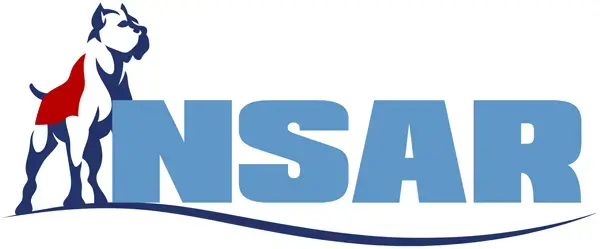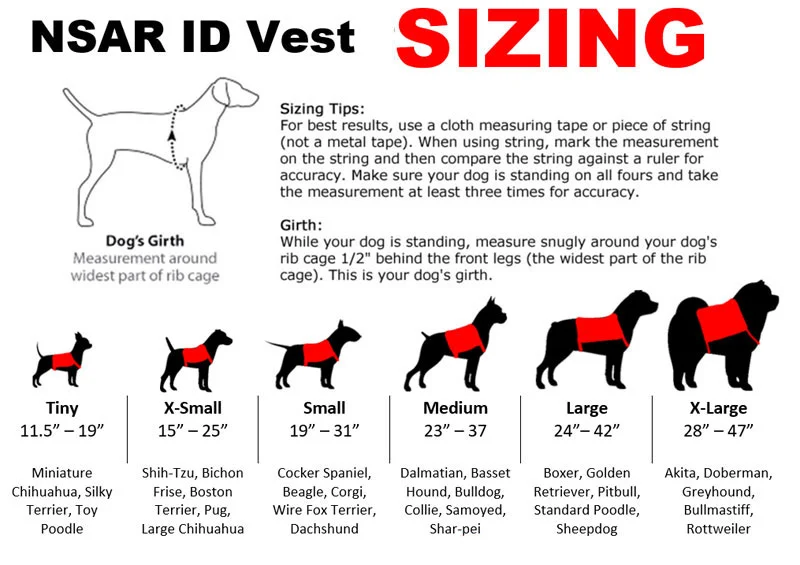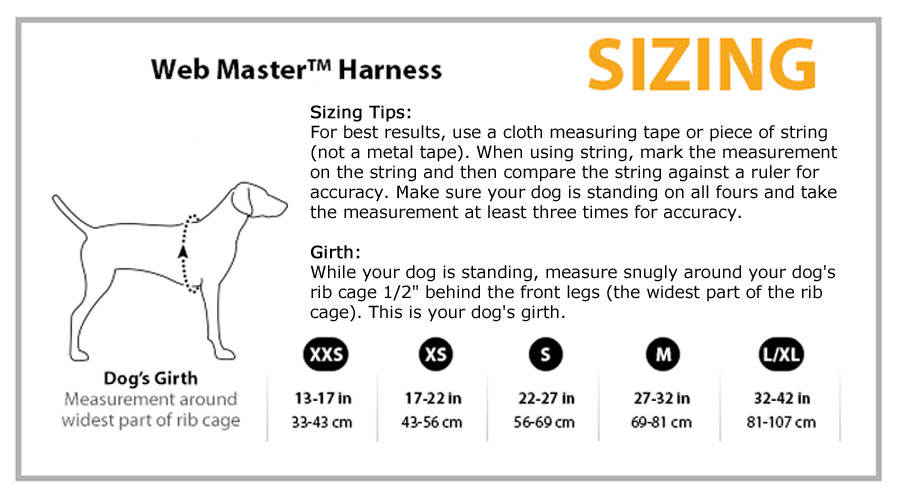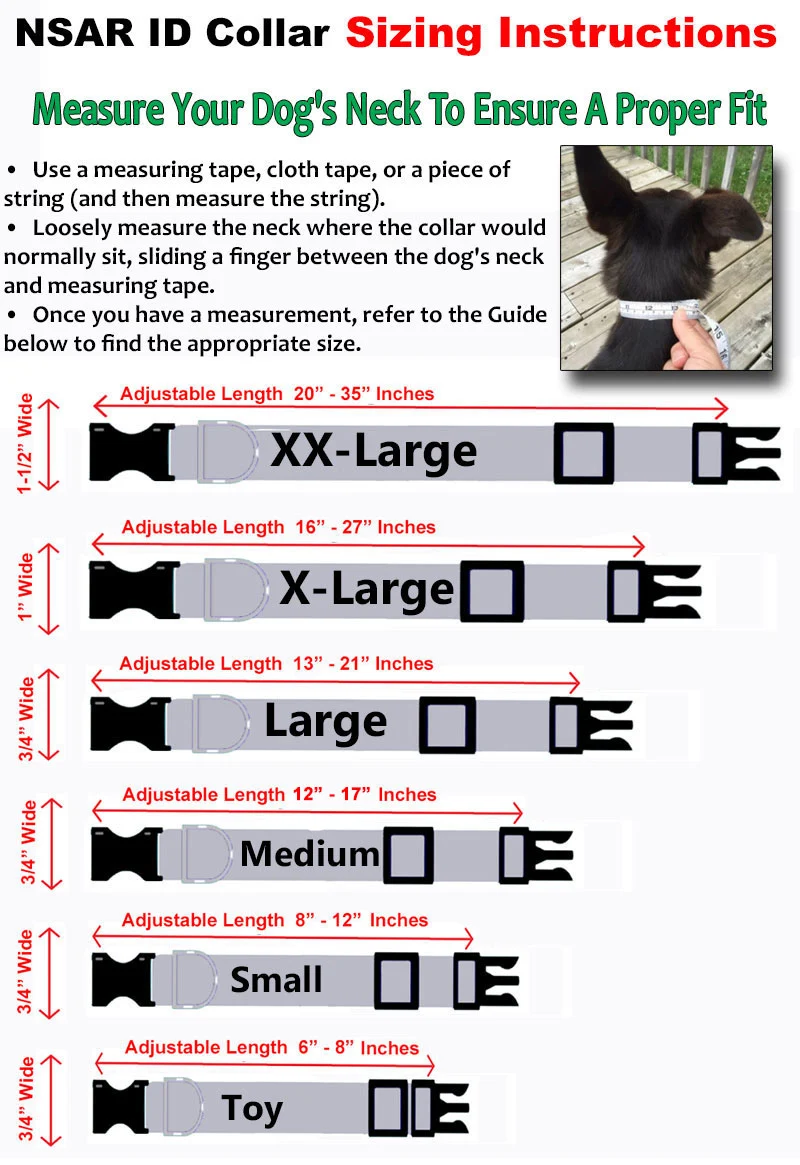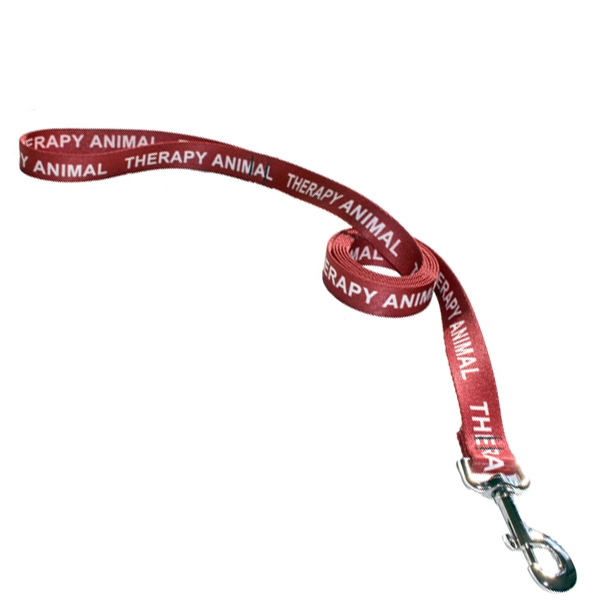
Hello, fellow dog enthusiasts and paw-some pet parents! Today, we’re diving headfirst into the wonderful world of ‘Walking the Dog Day’ – a day dedicated to celebrating the joy, health benefits, and heartwarming moments of walking our furry companions. So, grab that leash, slip on your comfiest sneakers, and let’s embark on a tail-wagging adventure together!
Unleashing the Health Benefits of Walking the Dog
Every step you take with your furry friend is not just a stroll; it’s an investment in a lifetime of love and health. The benefits of walking extend beyond the physical and mental well-being of your dog; they also profoundly impact your own health and happiness.
1. Physical Fitness for Fido
In our fast-paced, screen-dominated lives, it’s easy to succumb to the couch potato syndrome. Walking the dog provides the perfect antidote. The routine of daily walks encourages a healthier, more active lifestyle for both you and your pup. Say goodbye to sedentary afternoons and hello to vibrant energy!
2. Social Connections on the Sidewalk
Walking your dog is a social affair waiting to happen. The shared love for dogs creates an instant connection with fellow dog enthusiasts. Don’t be surprised if your casual stroll turns into a neighborhood networking event, with your dogs playing matchmakers in their own delightful way.
3. Stress-Busting Serenity
Life can be ruff, but a walk with your dog is a surefire stress-buster. The rhythmic pace, the soothing presence of your furry friend, and the beauty of the outdoors combine to create a serene escape from the demands of daily life. It’s like a mini-vacation, right in your neighborhood.
4. Healthy Hearts, Human and Canine
Studies have shown that dog owners tend to have lower blood pressure and cholesterol levels. The combination of physical activity and the companionship of a loyal dog contributes to a healthier heart. So, not only are you improving your dog’s heart health, but you’re also taking care of your own ticker.
Continuing the Adventure: Walking Wisdom
1. Dress for Success
Before you hit the pavement, ensure your pup is ready for the adventure. Depending on the weather, consider protective gear like a cozy sweater or doggy boots. And don’t forget the leash – a stylish one is not just functional; it’s a fashion statement!
2. Hydration Celebration
Keep both yourself and your pup hydrated during your walks. Carry a water bottle and a portable bowl for your dog. Staying hydrated ensures a comfortable and enjoyable stroll for both of you.
Amazon’s Best Dog Water Bottles
3. Sniffing Time is Quality Time
For dogs, the walk is not just about the destination; it’s about the journey. Allow your furry friend to sniff around, explore new scents, and take in the world. It’s their way of collecting the news and updates from the neighborhood.

Tails of Bonding Moments
1. A Symphony of Wagging Tails
Picture this: a golden sunset, a gentle breeze, and the rhythmic sound of paws hitting the pavement. Walking your dog isn’t just about physical exercise; it’s an opportunity to bond on a deeper level. The shared experience creates a unique connection, strengthening the unbreakable bond between you and your furry friend.
2. Adventures in the Great Outdoors
Whether you’re exploring local parks, hiking trails, or even just strolling through your neighborhood, the great outdoors become a playground for you and your pup. Witnessing their excitement as they discover new scents and sights is a reward in itself.
3. Heartwarming Tales of Transformation
The journey of walking your dog often unfolds heartwarming tales of transformation. Shy and timid pups blossom into confident companions, and energetic troublemakers become well-behaved members of the pack. It’s a testament to the magical powers of a simple walk.
Making ‘Walking the Dog Day’ Extra Special
1. Plan a Canine-friendly Picnic
Pack some dog-friendly treats, a comfy blanket, and head to a dog-friendly park for a delightful picnic. Your pup will appreciate the tasty snacks, and you’ll enjoy the fresh air and quality time together.
2. Host a Doggy Playdate
Reach out to fellow dog owners in your community and organize a playdate. Watching your dog interact with their furry pals is a joyous experience, and it’s a fantastic way for both you and your pup to make new friends.
3. Hit the Beach
If you’re fortunate enough to live near the coast, a beach day is an excellent way to celebrate ‘Walking the Dog Day.’ The sand between their paws, the waves crashing – it’s a sensory delight for your furry friend, and you’ll cherish the memories made by the water’s edge.
Conclusion
As we celebrate Walking the Dog Day, let’s not forget the simple joy and profound impact that each step brings. It’s more than just a day on the calendar; it’s a celebration of the beautiful bond we share with our canine companions.
So, whether you’re navigating bustling city streets, meandering through a peaceful park, or conquering a challenging trail, remember that every step is a step into happiness – for you and your dog. Embrace the paw-some adventure, cherish the moments, and revel in the magic of walking with your best friend.
Happy Walking the Dog Day, fellow dog enthusiasts! May your tails wag, your hearts be light, and your walks be filled with love and laughter!
Brought to you by National Service Animal Registry. Learn more about us and how to qualify your pet as a service dog, emotional support animal (ESA), or therapy animal, TODAY!
